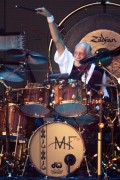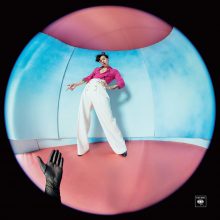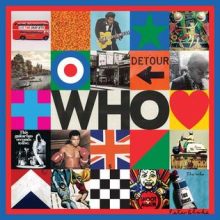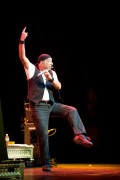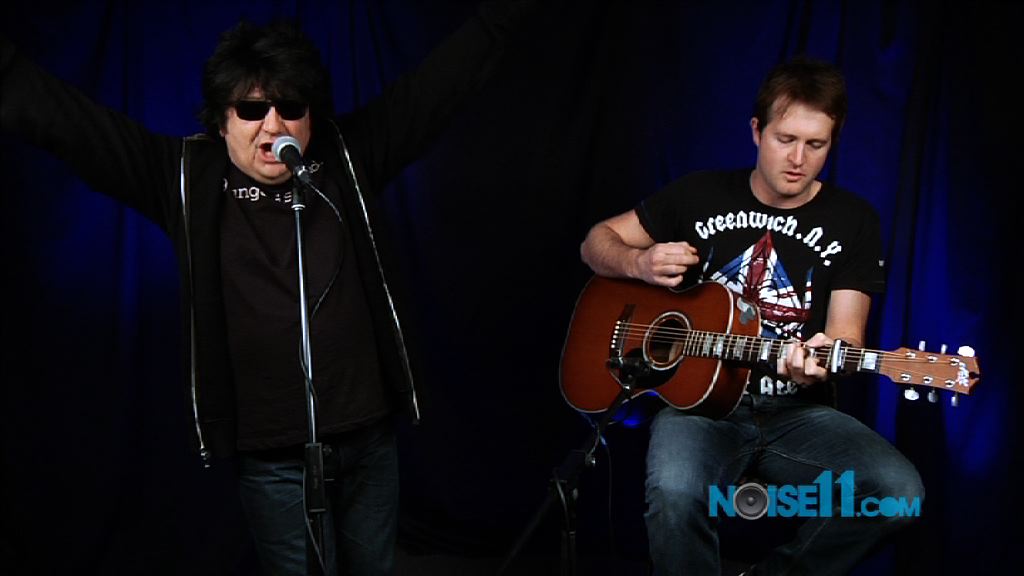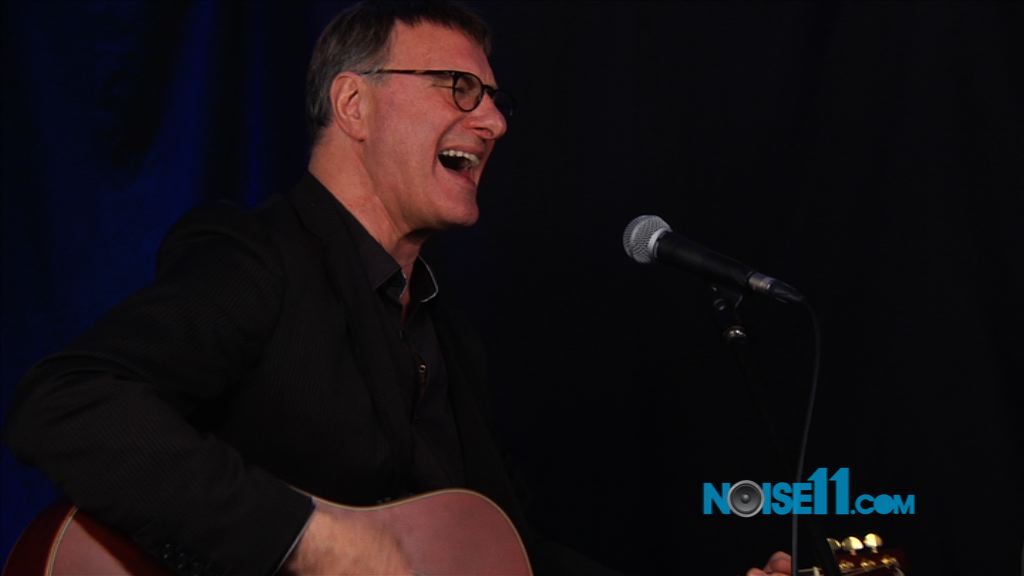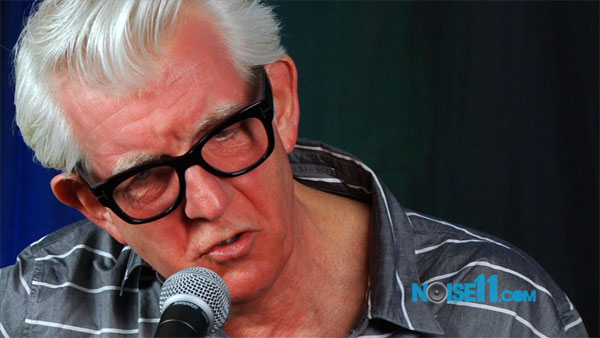‘The Who Hits 50’ celebrations continue on October 30th with the release of a The Track Records Single 1967 ‘ 1973.
‘The Track Records Single 1967 ‘ 1973 is volume three of a four part set of classic Who singles by labels (Brunswick, Reaction, Track and Polydor). The 15 disc set features classic singles such as Pinball Wizard, I Can See For Miles and Won’t Get Fooled Again.
Pictures Of Lily was The Whos first release on Track Records, established earlier in the year by their managers Kit Lambert and Chris Stamp. Unlike many subsequent labels set up essentially as vanity projects by artists or their management, Track was a genuine independent label in search of fresh talent and its first signing, The Jimi Hendrix Experience, signalled their intention to seek out innovative new artists. Indeed, Hendrix recorded Track’s first hit, ‘Purple Haze’, which reached the UK charts in March 1967, beating The Who by one month.
The Last Time and Under My Thumb – recorded as a gesture of support to Rolling Stones Mick Jagger and Keith Richards who were imprisoned briefly on drugs charges at Chichester Quarter Sessions. The Who released these cover versions of two Stones songs while the trial was in progress, highlighting a cause célèbre of the day that pitched the hedonistic glamour boys of the counter-culture against the stuffy British Establishment.
I Can See For Miles is the link in the chain between The Who as a pop group and The Who as a rock band. Although their earlier singles had shown that the quartet was feistier than just about all the other acts that visited the UK charts before 1967, this was the year when everything changed and, happily for them, The Who found themselves perfectly equipped to join the New World Order. This much was certainly evident on ‘I Can See For Miles’, the highlight of their 1967 album The Who Sell Out, and a record now widely regarded as one of their genuine masterpieces. Pete: ‘To me that was the ultimate Who record yet it didn’t sell. I spat on the British record buyer.
Pete Townshend has often been cited as the greatest rhythm guitarist in rock, and no better evidence survives than the furious acoustic strumming which underpins Pinball Wizard, the best known song from Tommy and another serious contender for the finest Who song of all time. Recorded towards the end of the Tommy sessions, at Morgan Studios in Willesden, London, on February 7, 1969, ‘Pinball’ is a rock tour de force, brim-full of ideas, power chords, great lyrics and tight ensemble playing from the opening chord descent to the upward key change near the end.
Overture, from Tommy – even rock operas need overtures and like the overtures that preface operas written by Mozart, Verdi and Tchaikovsky this one contains a well arranged mix of instrumental readings of the songs that will follow, most of them linked together by the rumbling, bass-heavy ‘Go To The Mirror’ riff. The guitar parts are mostly played on Pete’s acoustic Gibson J200, which sets the mood for the entire work, but John’s French horn adds interesting melodic touches and, as ever, the choral work and drums are quite superb. Indeed, in many respects Keith Moon’s work on Tommy represents his greatest contribution to The Whos catalogue, the opportunity that enabled him to become an entire orchestra within himself, most notably on the lengthy and breath-taking instrumental track ‘Underture’. Nevertheless, the best moment in ‘Overture’ comes towards the end when an organ arrives to pound out the ‘Listening To You’ chords from the ‘See Me, Feel Me’ excerpt. At the close, after a ‘Pinball’ fanfare, Pete is left strumming alone for the segue into ‘It’s A Boy’.
Now a cornerstone of The Whos repertoire, Won’t Get Fooled Again was the key song on Whos Next, a lengthy call to arms that became the traditional show closer at Who concerts in 1975/76. Recorded on the Rolling Stones’ 16-track mobile studio at Stargroves, Mick Jagger’s Victorian country mansion near Newbury in Berkshire, the song is based around a clattering synthesiser riff that locks the group into a tight, rhythmic performance, classic mid-period Who at their towering best; Roger singing his heart out, Pete’s block chords firmly in place, John swooping up and down his bass and Keith an almighty presence on drums, albeit slightly more disciplined than usual in view of the song’s inflexible structure.
Produced by The Who at The Kitchen, Battersea, June 27, 1973, 5.15 is the best-known song on Quadrophenia, Pete’s second major rock opera and The Whos sixth original album. Quadrophenia is the story of the journey of a Mod by the name of Jimmy, whose restlessness, frustration and ultimate disillusionment drive him almost to suicide. It takes in many Mod concerns ‘ clothes, style, Brighton trips, pills and even a Who concert ‘ and ends on a note of triumph when Jimmy somehow manages to free himself from the shackles of the cult. It is now probably best known for the 1979 cult film starring Phil Daniels.
——————————————————————————————————————————————
Never miss a story! Get your free Noise11.com daily music news email alert. Subscribe to the Noise11 Music Newsletter here
Listen to the Noise11 Music News channel now at iHeartRadio
Follow Noise11.com on Facebook and Twitter
more from vvnmusic.com


